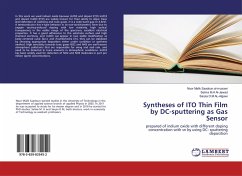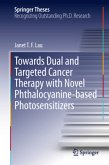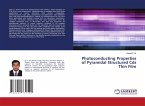Copper phthalocyanine (CuPc) thin films were produced by a plasma-based deposition technique, named Glow-Discharge-induced Sublimation (GDS) and by vacuum evaporation (VE) for the sake of comparison. Fourier transform infrared (FT-IR) and ion beam analyses show that GDS films consist of integer CuPc molecules. X-ray diffraction, FT-IR and UV-vis analyses show the microstructure of CuPc films: while VE films consist of only alpha crystallites, a much more disordered structure with the presence of both alpha and beta polymorphs characterizes GDS films. The latter films are also much more porous as shown by nitrogen physisorption measurements and scanning electron microscopy. These features are successfully exploited for gas sensing applications. Electrical response of the films was tested by exposing the samples to NOx-containing atmospheres: NO2 and NO concentrations down to 0.1 ppm and 10 ppm were measured, respectively, with response times shorter than 2 min. Optical responses were tested by measuring the absorbance change at a fixed wavelength upon exposure to ethanol-containing atmospheres down to concentrations of few thousands of ppm, with response times of less than 20 s.








